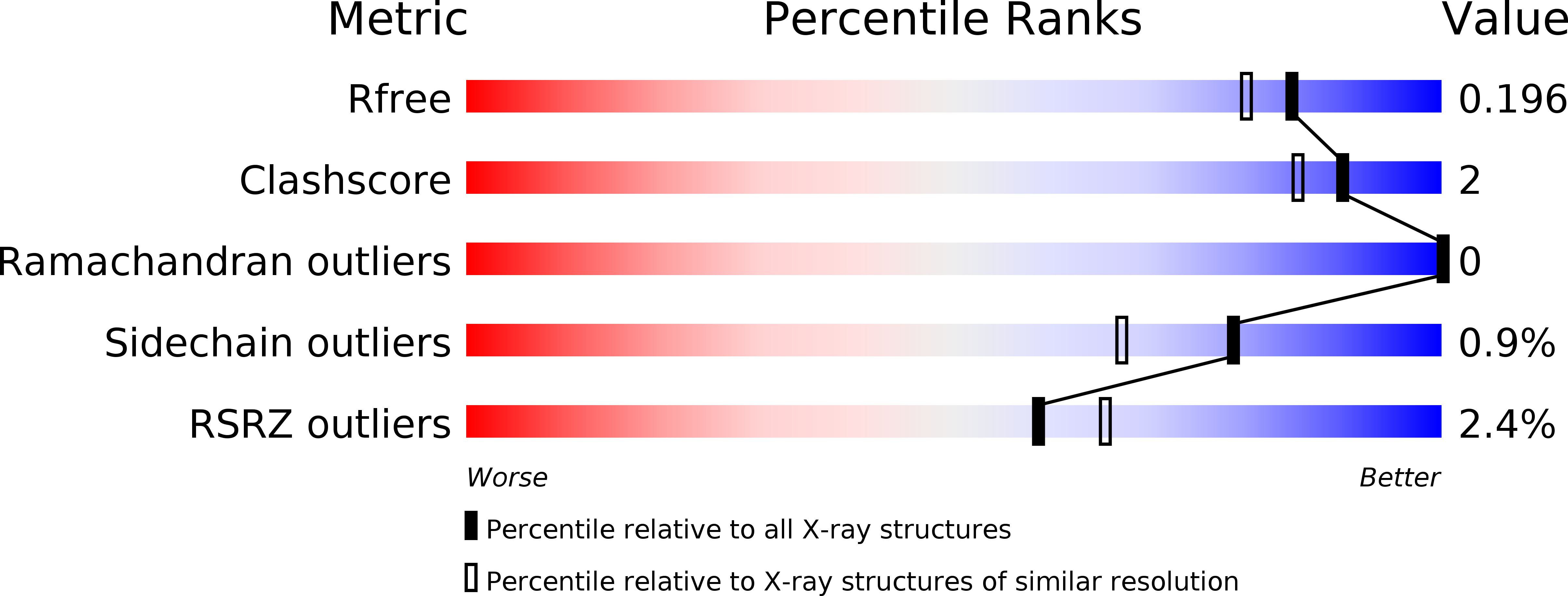
Deposition Date
2017-10-20
Release Date
2018-05-23
Last Version Date
2024-03-06
Entry Detail
PDB ID:
5YLY
Keywords:
Title:
Crystal structure of the cytochrome b5 reductase domain of Ulva prolifera nitrate reductase
Biological Source:
Source Organism:
Ulva prolifera (Taxon ID: 3117)
Host Organism:
Method Details:
Experimental Method:
Resolution:
1.76 Å
R-Value Free:
0.19
R-Value Work:
0.17
R-Value Observed:
0.17
Space Group:
P 1 21 1


